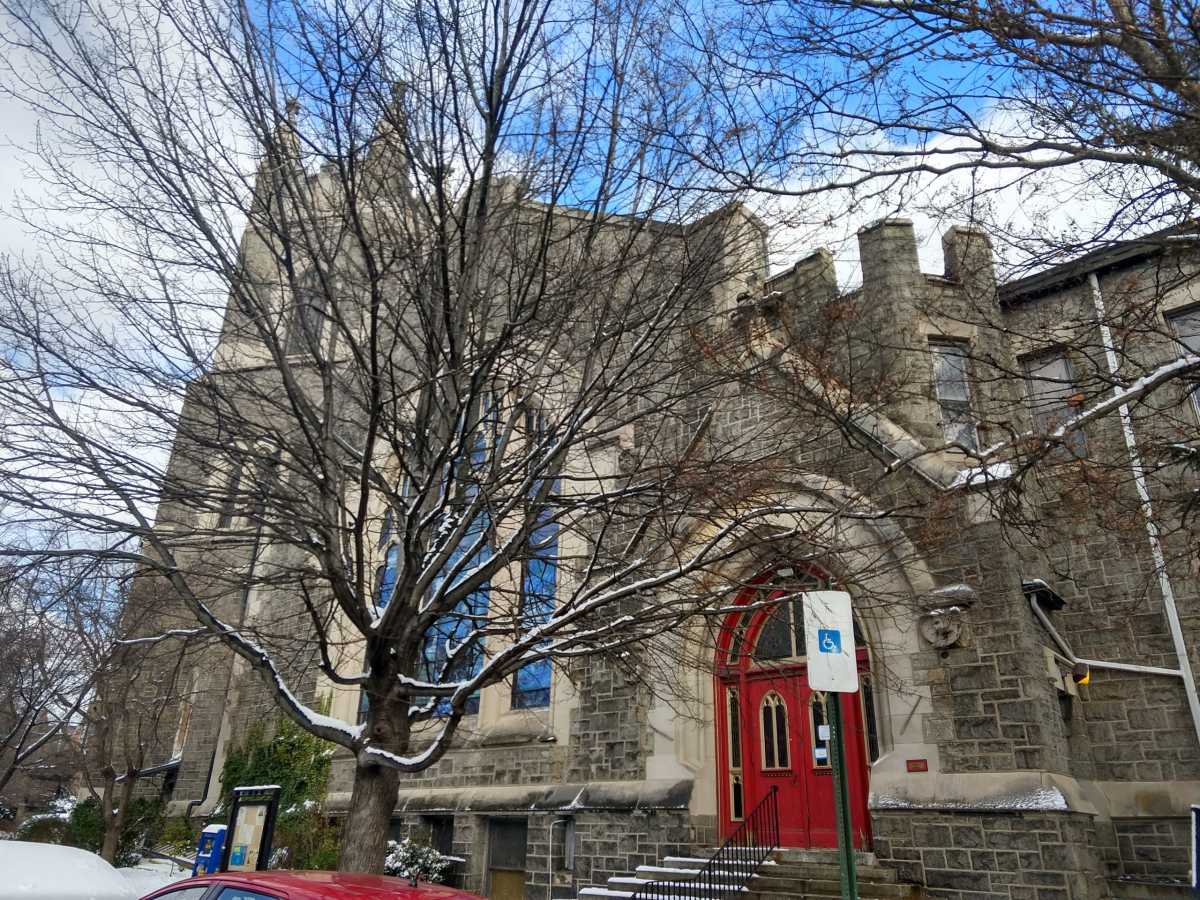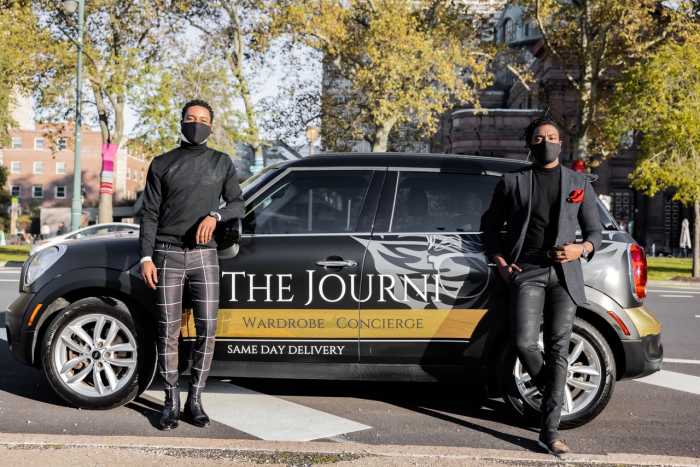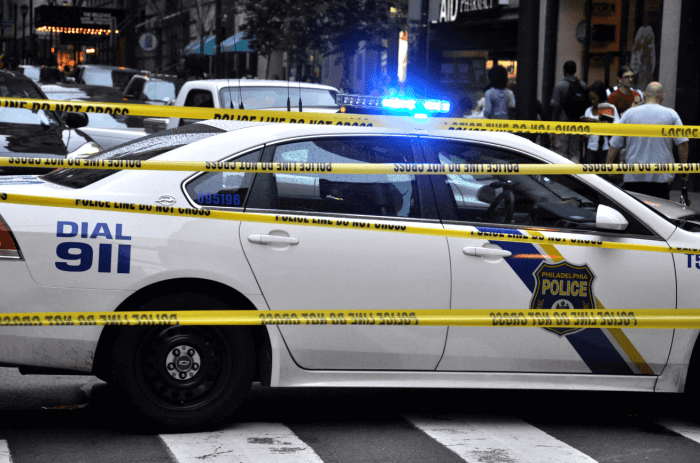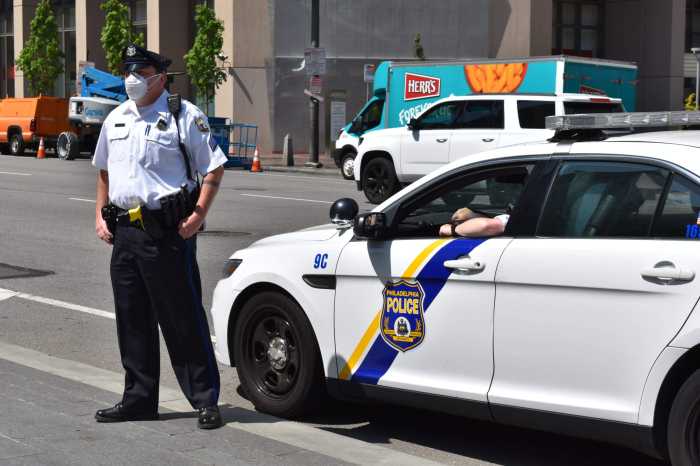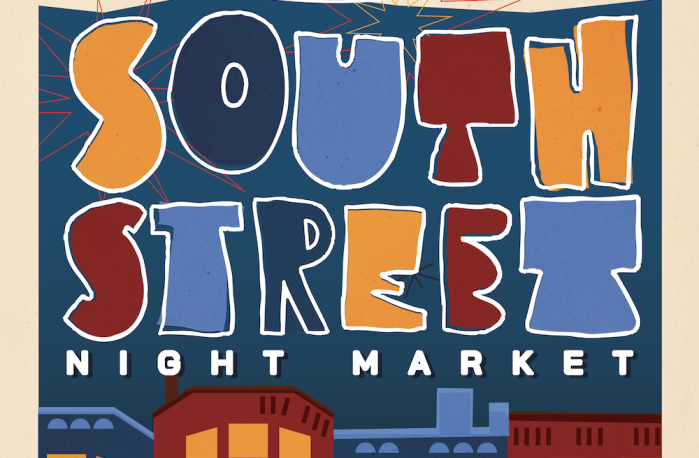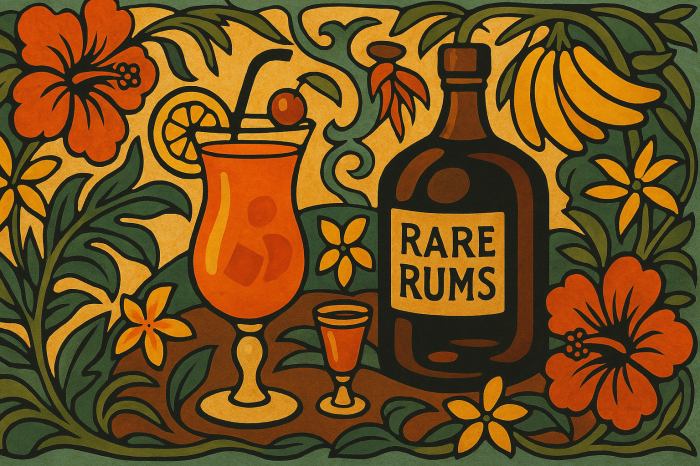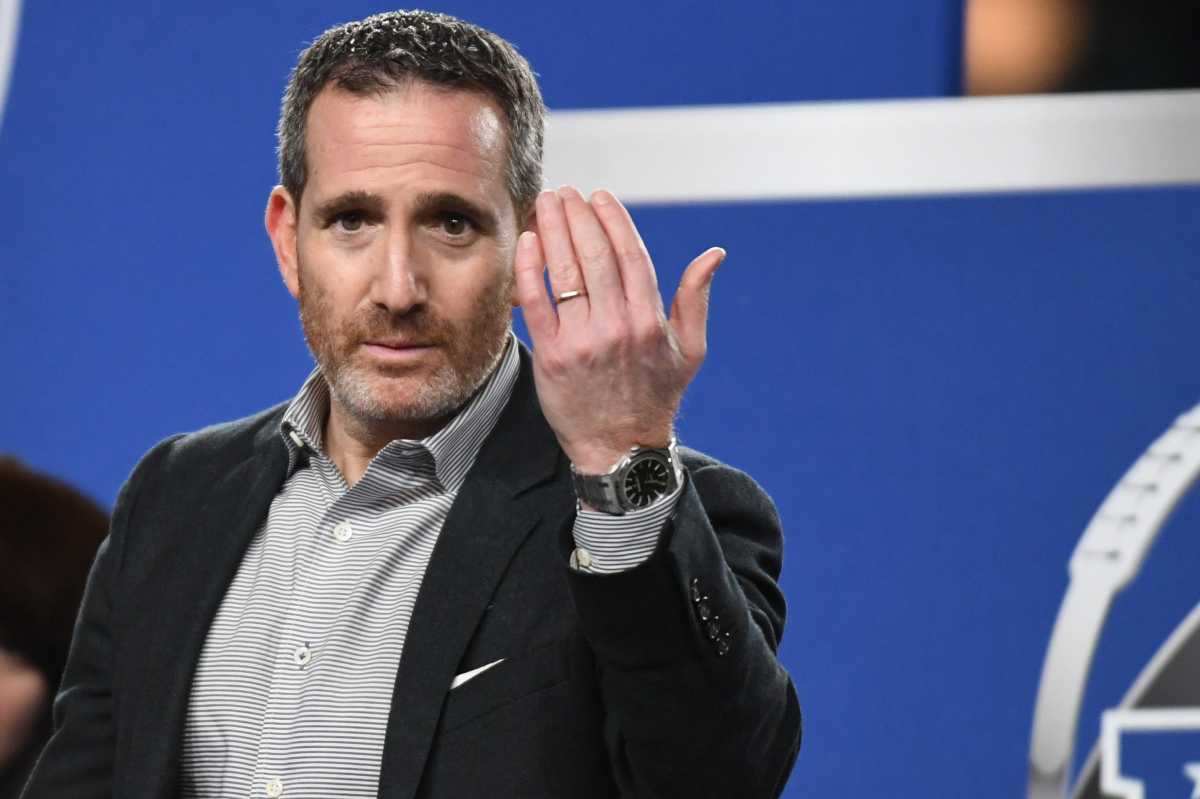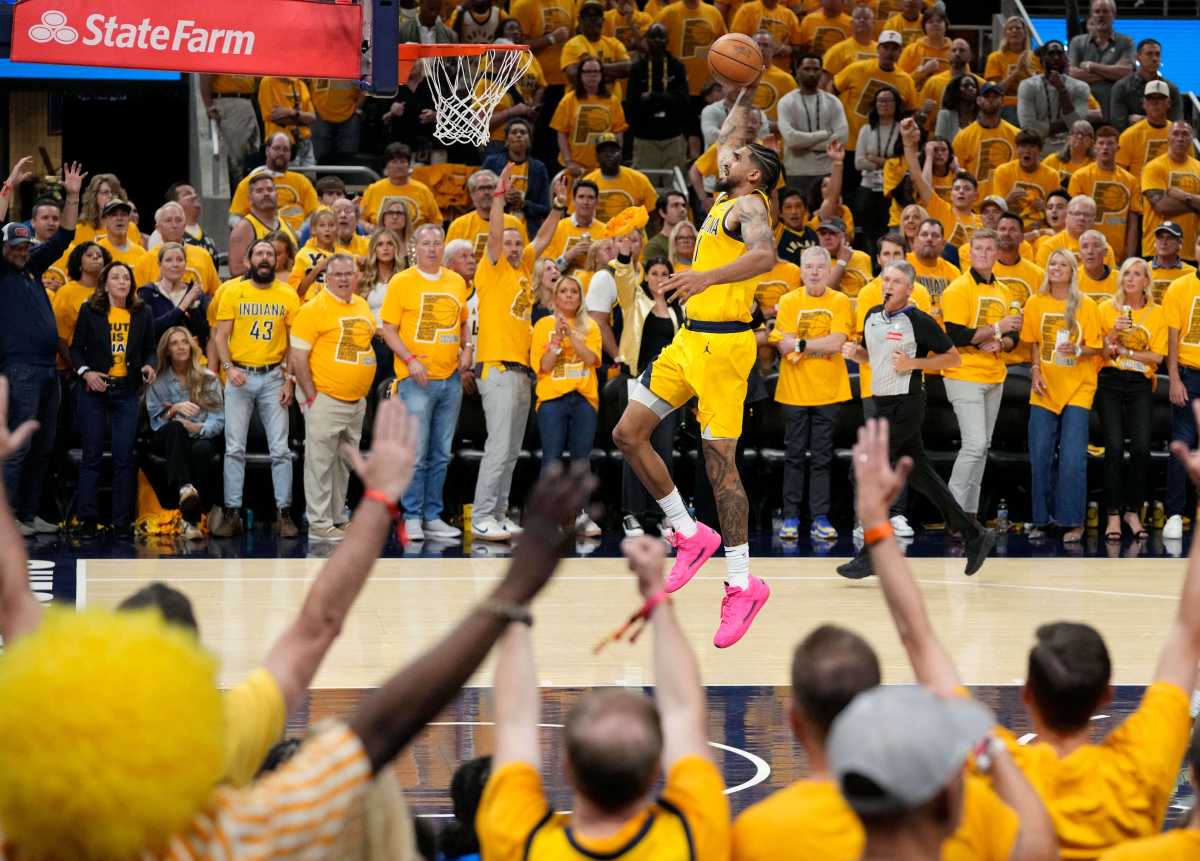Most visitors who come to Calvary United Methodist Church on the corner of 48th Street and Baltimore Avenue in West Philadelphia take notice of the building’s three-story Tiffany stained-glass windows.
Glass six layers thick depicts the ascension of Jesus, a fitting image for a church and the community it serves. According to church pastor the Rev. Tim Emmett-Rardin and Rich Kirk, board president of the Calvary Center for Culture and Community, a nonprofit established to maintain the building, the decision not to sell those windows 20 years ago spurred Calvary’s rebound and the current period of sustained growth.
But beyond the stained glass, above the pews, lies the oft-forgotten church organ — 2,500 pipes echo melodies throughout a trapezoidal space modeled after the Academy of Music. The building’s acoustics reverberate sound, allowing everyone in the community a chance for their voice to be heard.
“There never was a space like that before — there aren’t spaces like this in the area — there’s four congregations in here right now and a lot of community groups,” Kirk and Emmett-Rardin said, bouncing their words off each other like a pair of old friends.
“The community sees this as its unofficial town hall,” Kirk continued.
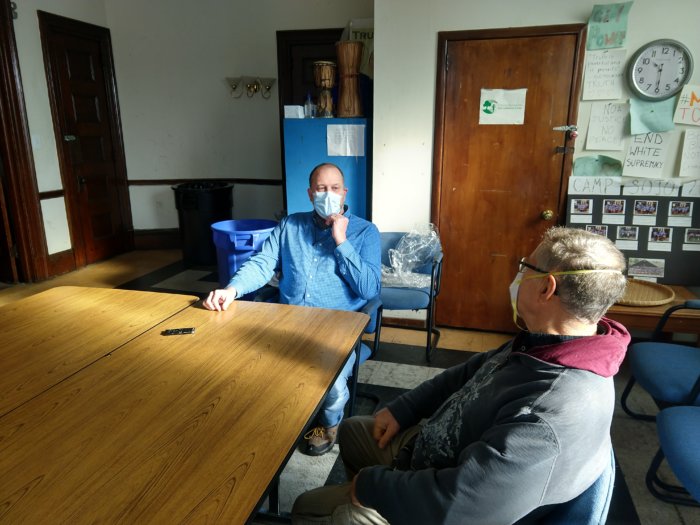
Late last year, the National Fund for Sacred Places, a Philadelphia-based project managed by Partners for Sacred Places in collaboration with the National Trust for Historic Preservation, awarded Calvary United Methodist Church one of only 15 preservation grants with matching funds worth up to $250,000.
Combined with a $500,000 grant from Pennsylvania’s Redevelopment Assistance Capital Program last year, the church has plans for a significant capital campaign in 2022, led by its secular, nonprofit arm. All funds raised will go toward renovations and repairs for the over century-old building, a project now two decades years in the making.
But strengthening the building’s foundation is about more than simple historic preservation. In a stratified West Philadelphia struggling with gentrification, Calvary United welcomes one of the city’s most diverse congregations while also giving a home to several other religious affiliations — Kol Tzedek Synagogue, Grace Chapel Pentecostal Church and others — and community organizations. In 1985, they became the first self-designated “reconciling church” in Eastern Pennsylvania, opposing the denomination’s LGBTQIA doctrine and embracing same-sex marriage and ordination.
“Our congregation is changing, but I think I’ve appreciated for a long time that Calvary has been racially integrated,” Emmett-Rardin said. “We really value that commitment and that identity to try to be a congregation that’s really committed to social justice, to racial justice, to environmental justice, to economic justice.”
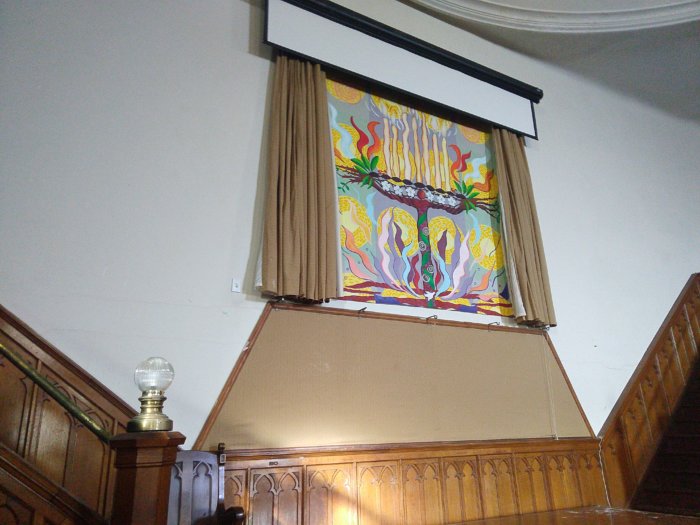
Though it has a long and storied history, 20 years ago, Calvary United Methodist Church was on the brink — an old, deteriorating building falling into disrepair. Plans to sell the Tiffany stained glass windows were in place, and there was an outcry from the community, as neighbors feared the loss of an essential part of West Philadelphia’s past — and a crucial meeting ground for its present. Creating the Calvary Center for Culture and Community was a turning point, as the 501C3 nonprofit raised millions of dollars, strengthening the building’s foundations and the community.
Now, the church is more than a town hall — it’s a central meeting place to organize, share ideas and hold conversations in the public sphere. Grant money allows for significant improvements — the addition of an elevator in the building, for example, made the church more accessible and welcoming. Greeted by a towering banner the reads “Black Lives Matter,” groups as diverse as the Curio Theatre Company, Jujitsu Martial Arts, and Camp Sojourner Girls’ Leadership Camp all gather in the building — to name a few.
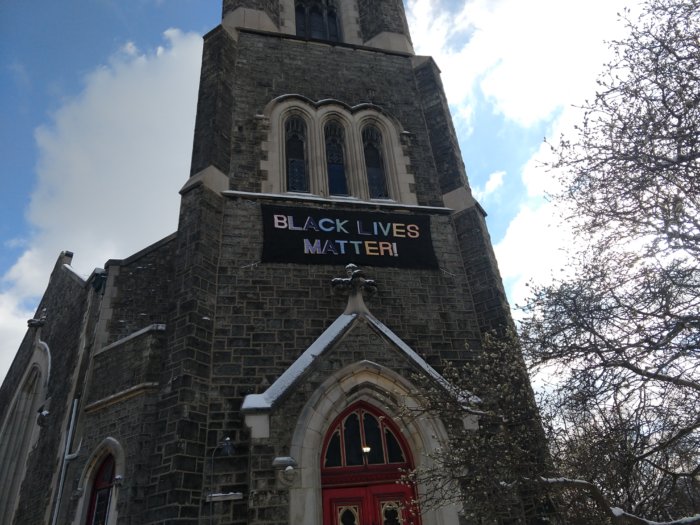
“[The camp is] a small organization, but it actually takes girls from the inner city and gives them experiences they could never get any other way,” Kirk said. “It builds their character in ways that you just can’t imagine.”
With all of the positive steps forward over the past 20 years, Emmett-Rardin and Kirk remind each other that every victory comes with its own set of struggles. Calvary remains a small congregation with a significant amount of real estate to maintain, a common issue for many religious sects across the country. They spend a lot of time working with Partners for Sacred Places, the neighborhood, and others to find creative ways to use the building.
“Our ministry — primary ministry — has been the building and making sure that it’s available to all these different groups that use space,” Emmett-Rardin said.



